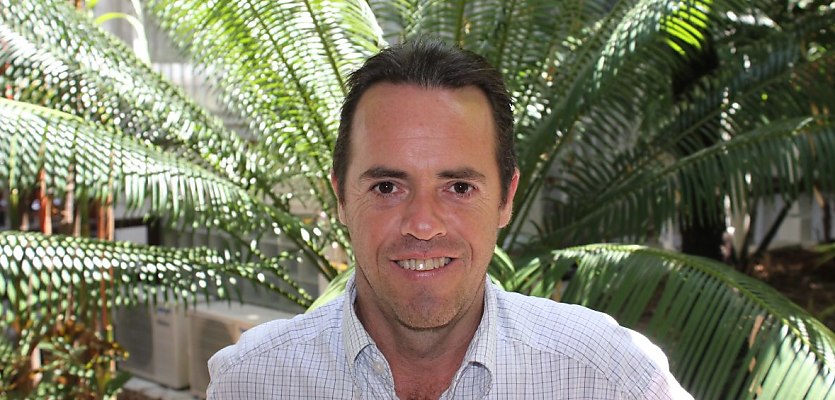The world’s oldest living rainforest has been devastated by recent storms and floods. Is it still a good place for buyers to call home?
When agent Mark Whitham first moved to the Daintree Rainforest 20 years ago, the first thing that struck him was the tranquillity.
“It emanates a soothing pulse,” Mr Whitham said. “It quite simply enchanted me.”
The serenity that Mr Whitham felt then is a far cry from the destruction that the Daintree has experienced in recent weeks.
Tropical Cyclone Jasper ravaged far north Queensland in December, inundating entire communities, breaking roads apart and flooding countless families out of their homes. The whole Daintree National Park remains closed until further notice.
With over 800mm of rainfall recorded in just 24 hours, this is the most extreme flood event in the region in written record.
“The Daintree coast took a direct hit and now every property needs a major clean up,” Mr Whitham reported.
“The ferry is currently closed and the two mountain range roads to traverse the area have landslides which need to be cleared.”
According to Mr Whitham, however, long experience with severe flooding has helped the local community stay resilient.
“The majority of Daintree residents had power right through the cyclone as all homes are off-grid,” said Mr Whitham. “No shortage of water either – so there are definite benefits even in a calamity,” he joked.
Born in Melbourne, Mr Whitham is the Daintree specialist for Raine & Horne Port Douglas/Mossman. He exclusively services the region north of the Daintree River, and prides himself on his authentic, down-to-earth sales approach.
When he first found the area in 2002, Mr Whitham said: “It reminded me of the Dandenong Ranges in Melbourne where I grew up – this was the warm version.”
“The absolute purity was the icing on the cake,” Mr Whitham recalled.
The Daintree is located in the lush Cape Tribulation hinterland, and juts out into the Coral Sea. At 180 million years old, the Daintree is the oldest rainforest in the world, and was here when dinosaurs roamed the earth.
The Indigenous custodians of the Daintree are the Eastern Kuku Yalanji people, who have called the area home for 50,000 years. In 2021, after a long fight, they successfully took back ownership of the entire Daintree National Park from the Queensland government.
Today, in spite of the devastation wreaked on the area in recent years, Mr Whitham still believes that the Daintree offers respite from the troubles of the world.
“It’s a place of healing and connection,” Mr Whitham said. “The creeks, I have drank out of for 20 years – the water is completely pure, the air is clean, and there is always a show being put on by nature if you take the time to look.”
The Daintree property market is coming off a two-year boom, but Mr Whitham noted that “prices are still higher than the long-term average”.
Many of his clients are city dwellers who are sick of the suburban lifestyle and “gravitate here to find the real world”.
The attractive price tag of property in the local market doesn’t hurt either – over the last 12 months, the median sold price for properties in the Daintree was just $280,000.
Investors are not scared off by the Daintree either, and often use local contractors to keep up property maintenance.
Mr Whitham stated that there are “plenty of Airbnbs in the area by investors who use a local ground crew for cleaning and maintenance and handle the bookings remotely”.
So, what is the final verdict? Should buyers still seek out property in the Daintree? According to Mr Whitham, the answer is a resounding yes.
“It’s an amazing place to live,” the agent concluded.
To find out more about how agents are operating across Australia and beyond, check out REB’s previous articles in the Life as an Agent series.
We spoke with Michael Barrett on Kangaroo Island, who battles snakes and bushfires in his bid to find his clients the perfect property.
Shannon Fergusson, a real estate principal in Jindabyne, sees his local area triple in size each winter as Sydneysiders head down south to hit the slopes.
In the underground desert town of Coober Pedy, Warren Andrews must operate across two time zones and 3000 kilometres to sell property across Australia’s red centre.
In Alice Springs, Gail Tuxworth has faced media firestorms and chronic undersupply, but a strong team spirit has pulled her through the hardest times.
Rose Evans sells property on Norfolk Island, a place where residents are few, homes are fewer, and all building supplies must be shipped in by sea.
Over in Hunter Valley wine country, Cain Beckett uses cutting-edge technology to sell centuries-old heritage estates.
Across the water in Fiji, Paula Benn has sold high-end hotels and struggled under economy-shattering border closures.









You are not authorised to post comments.
Comments will undergo moderation before they get published.